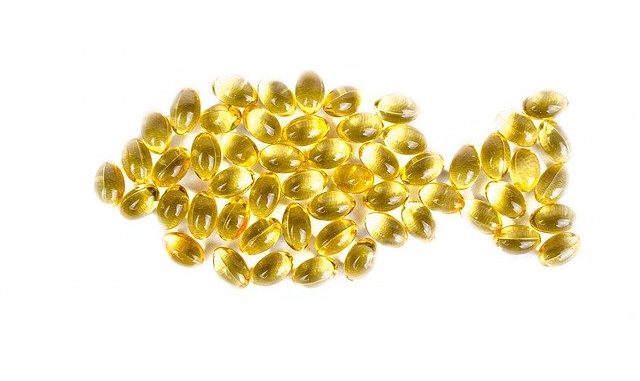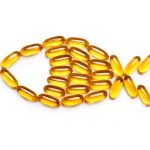
Clinical studies at the Mattel Children’s Hospital at UCLA, Los Angeles have been showing that when intravenous (IV) soybean oil (SO) was replaced with fish oil (FO), then hyperbilirubinemia, a form of liver damage, was likely to reduce. The condition is a measure of liver damage as a result of intestinal failure-associated liver disease (IFALD) which occurs in patients with a shorter or incorrectly working bowel. In such cases, oral food consumption is not feasible and the patients are fed intravenously with a mix of protein, carbohydrates, fats and other vitamins/minerals. The 10 subjects chosen were between 2 weeks and 18 years and all had advanced IFALDI. Such patients would be at risk of either death and/or needing a liver transplant.
They were ‘fed’ in part with 1g/kg/day of fish oil which replaced the soybean oil for at least 24 weeks. The results showed that 80% of children had a reversal of their liver damage, receiving fish oil after 17 weeks, compared to 5% for those on soy bean oil from previous studies. However, intravenous fish oil is not yet approved by the Food And Drug Administration (FDA) and it is relatively costly compared to soybean oil.
References
Calkins, K.L., Dunn, J.C.Y., Shew, S.B., Reyen, L., farmer, D.G., Devaskar, S.U., Venick, R.S. (2013) Pediatric Intestinal Failure–Associated Liver Disease Is Reversed With 6 Months of Intravenous Fish Oil. J Parental and Enteral Nutrition, 0148607113495416.
http://newsroom.ucla.edu/portal/ucla/six-months-of-fish-oil-reverses-246806.aspx


Leave a Reply